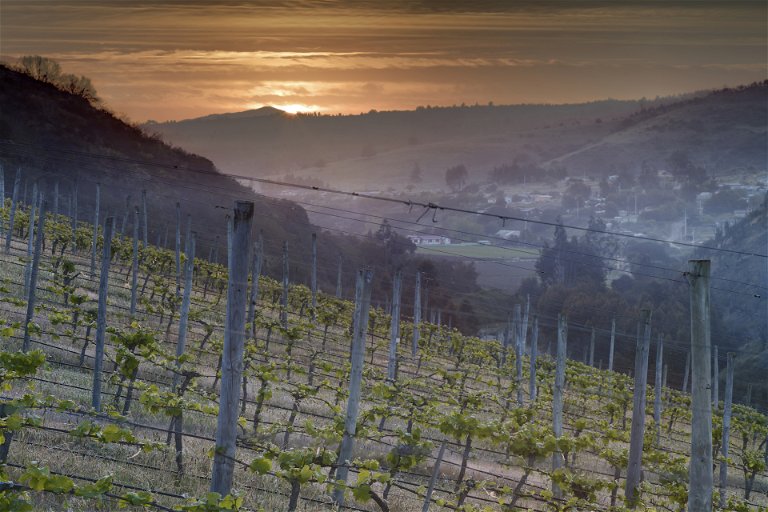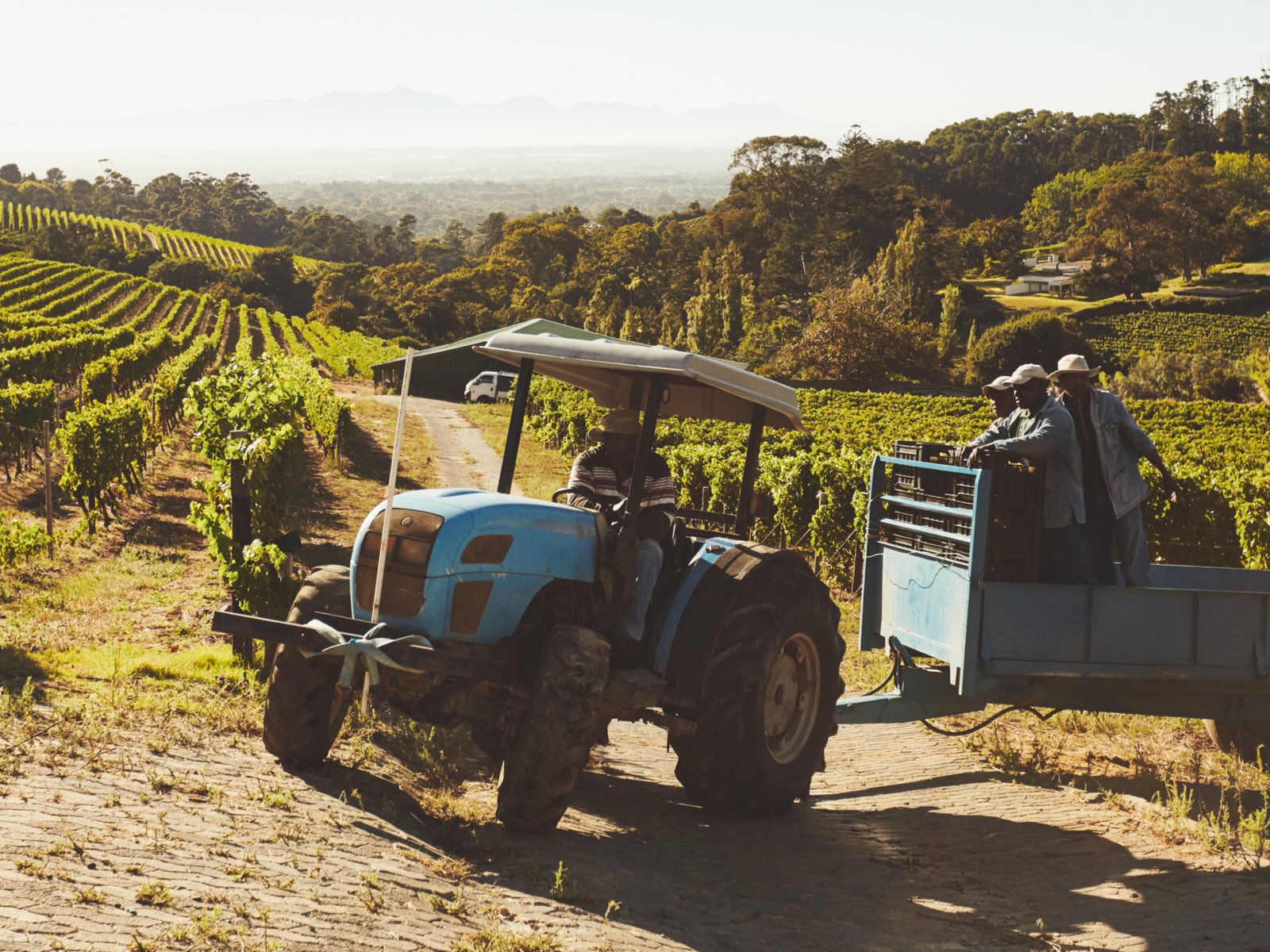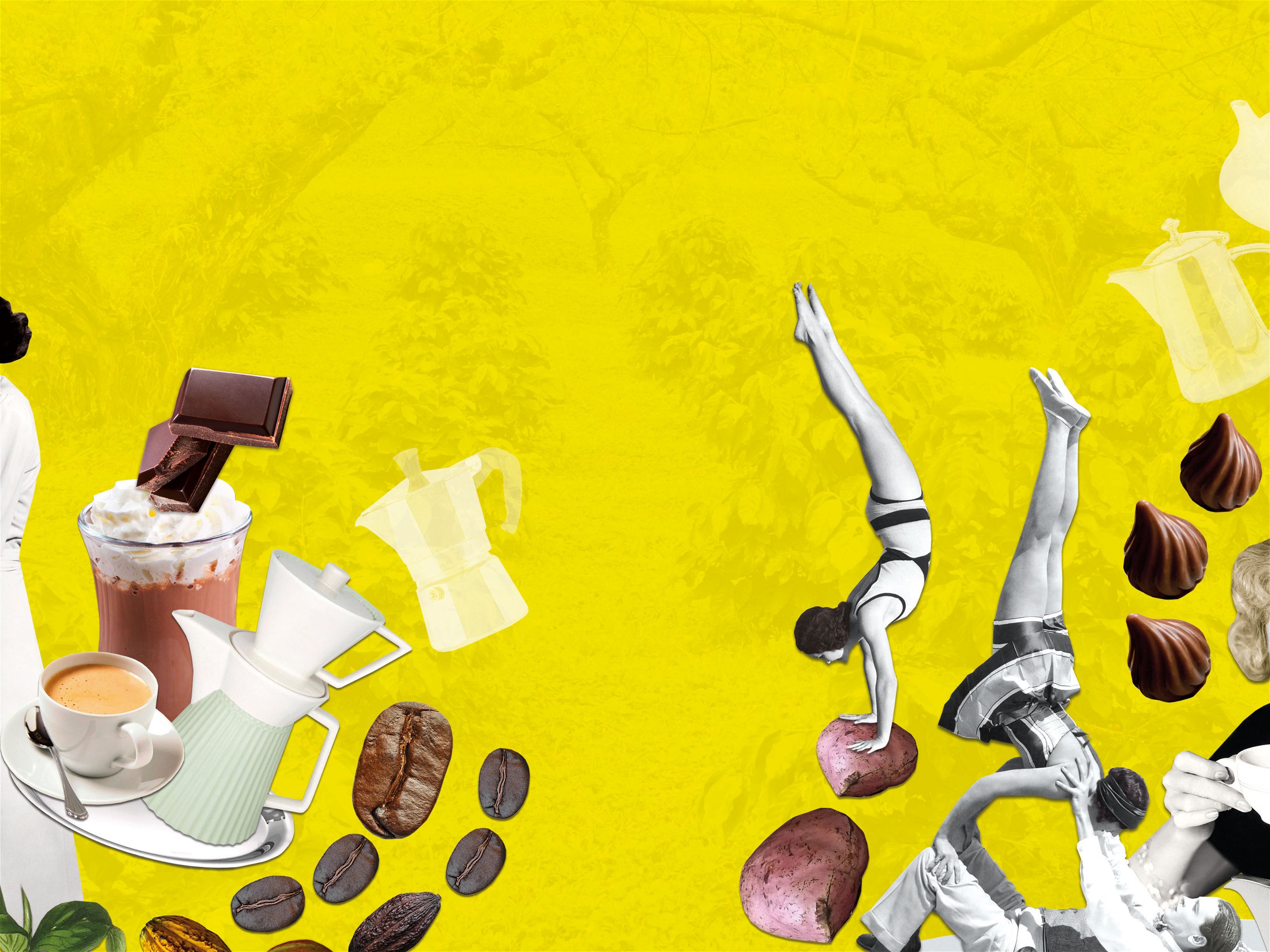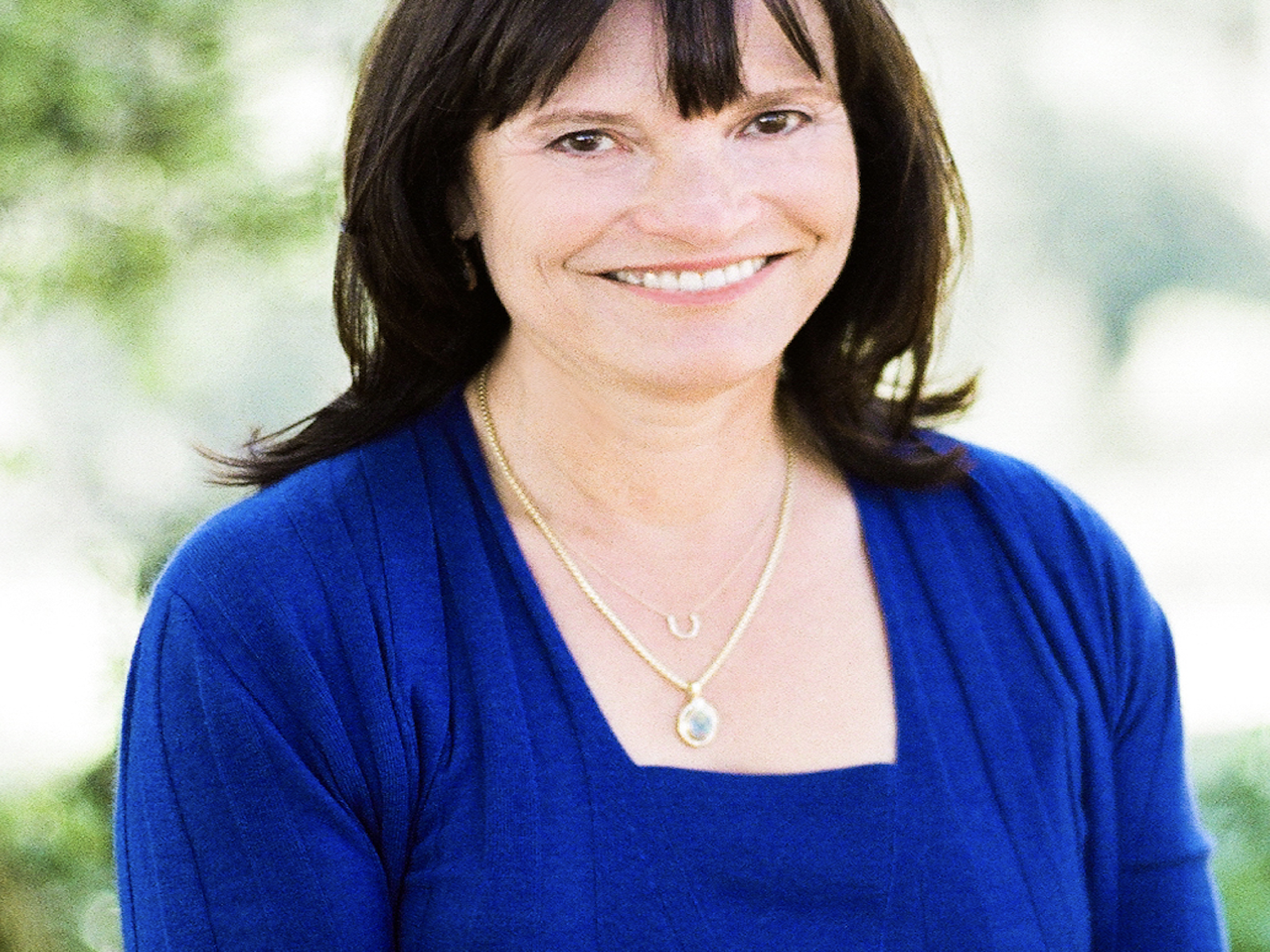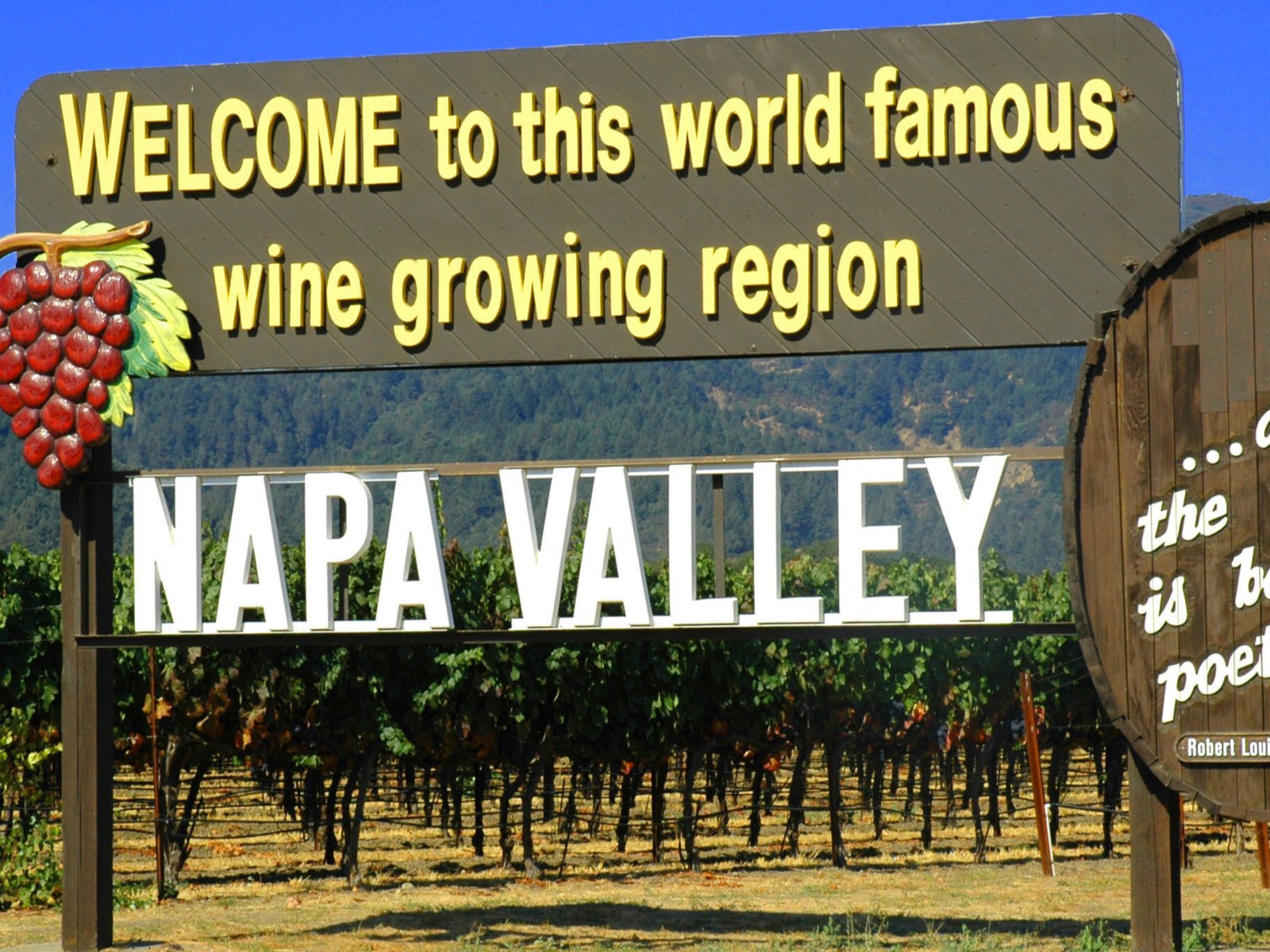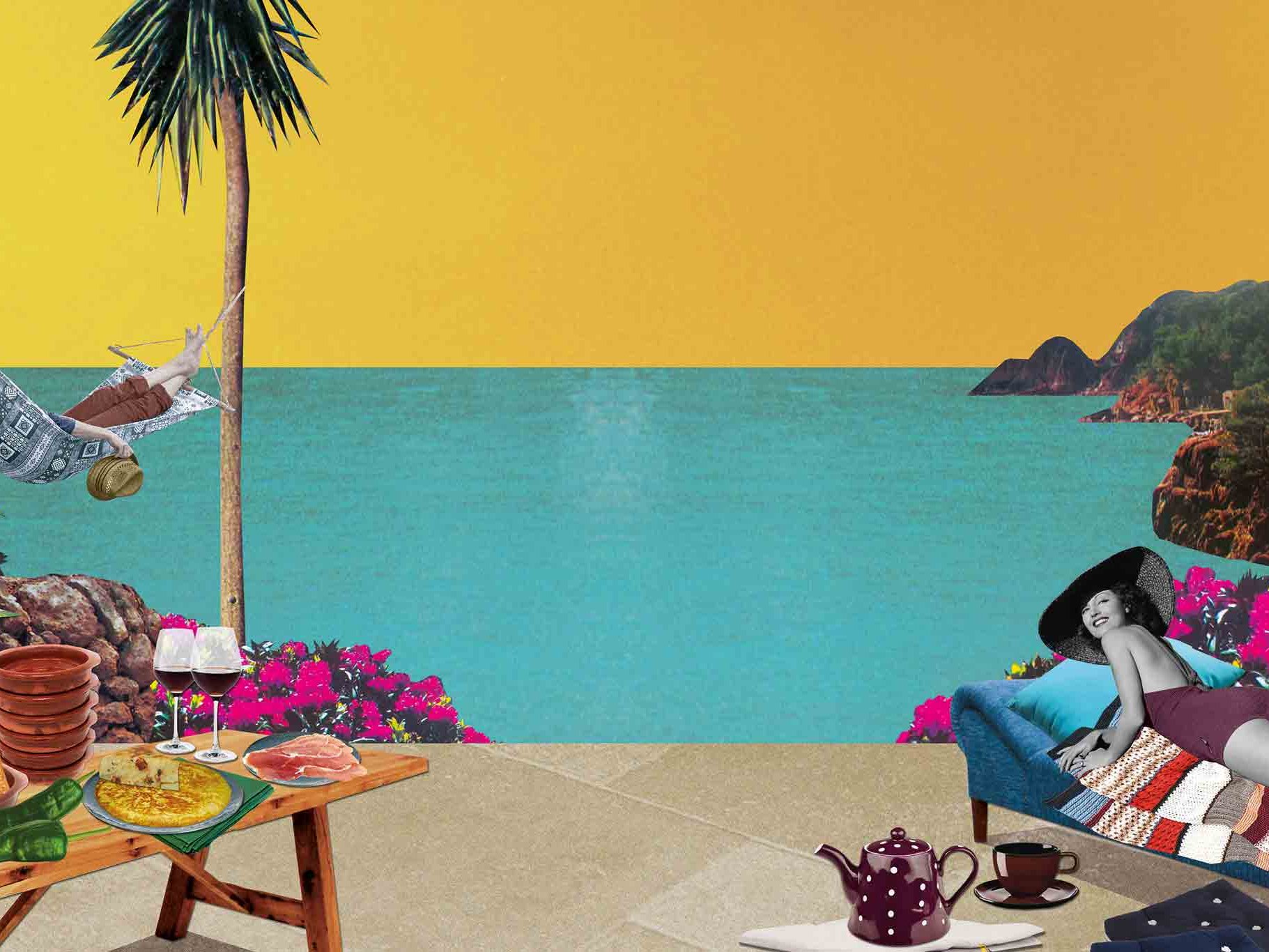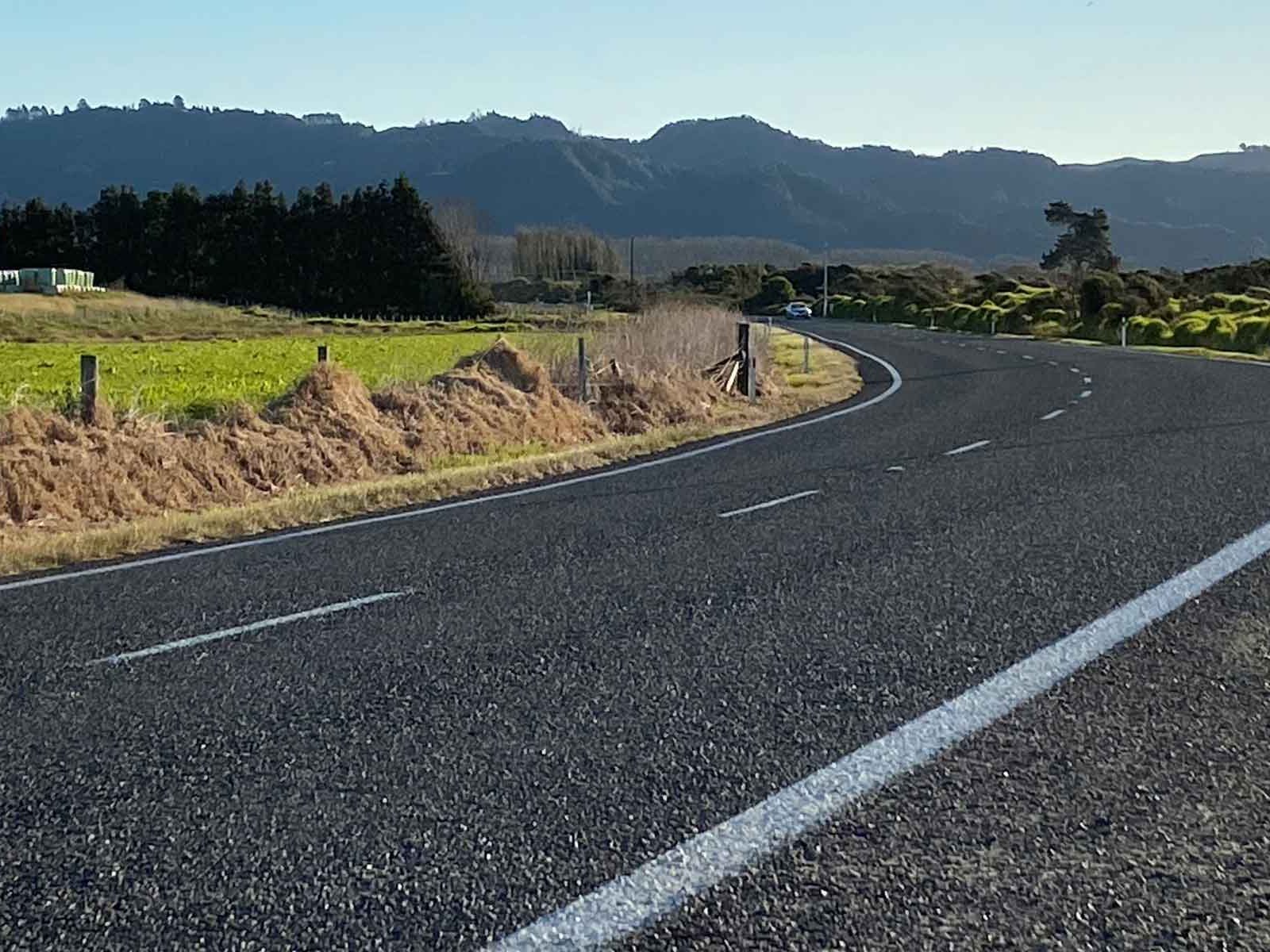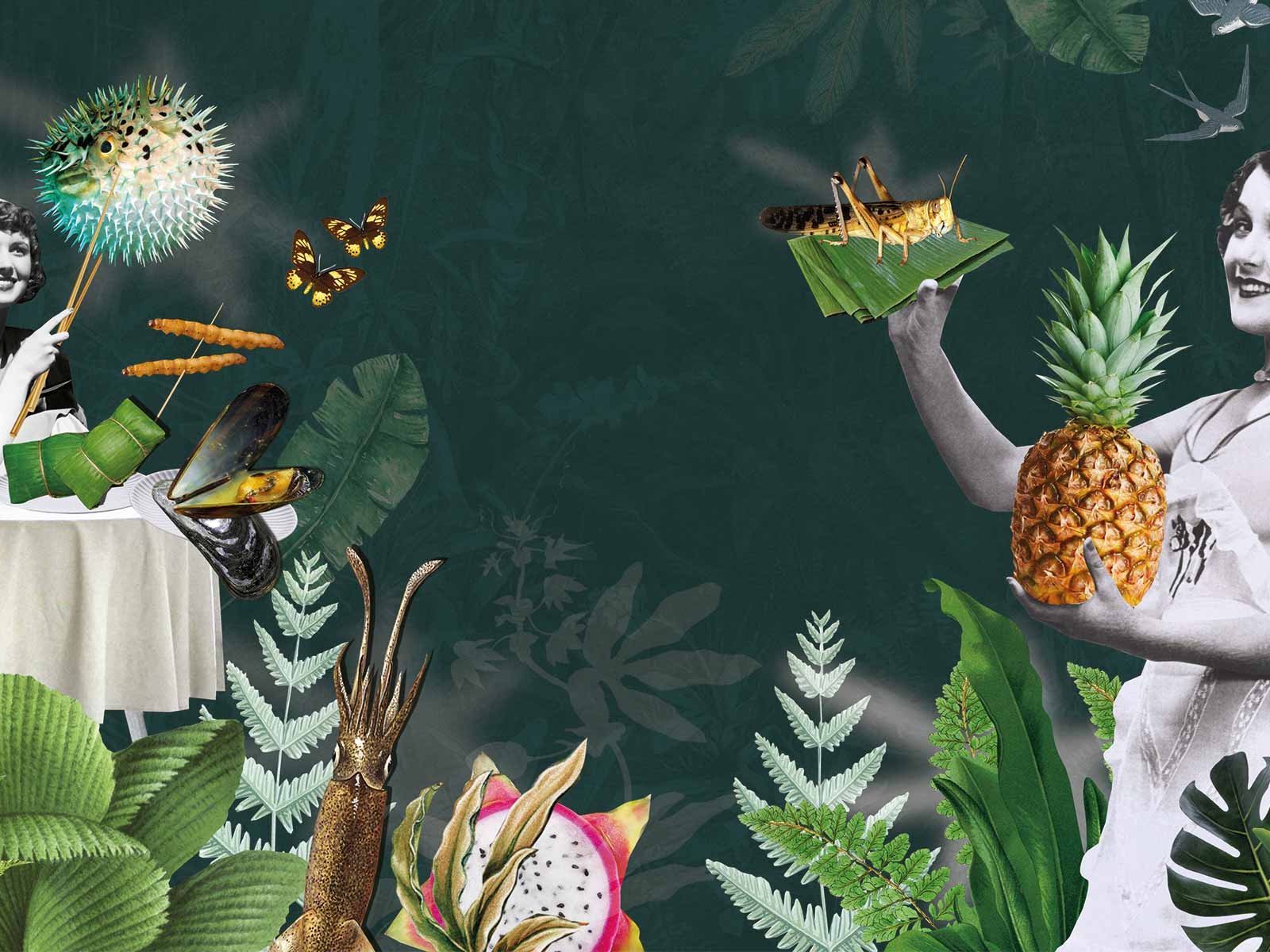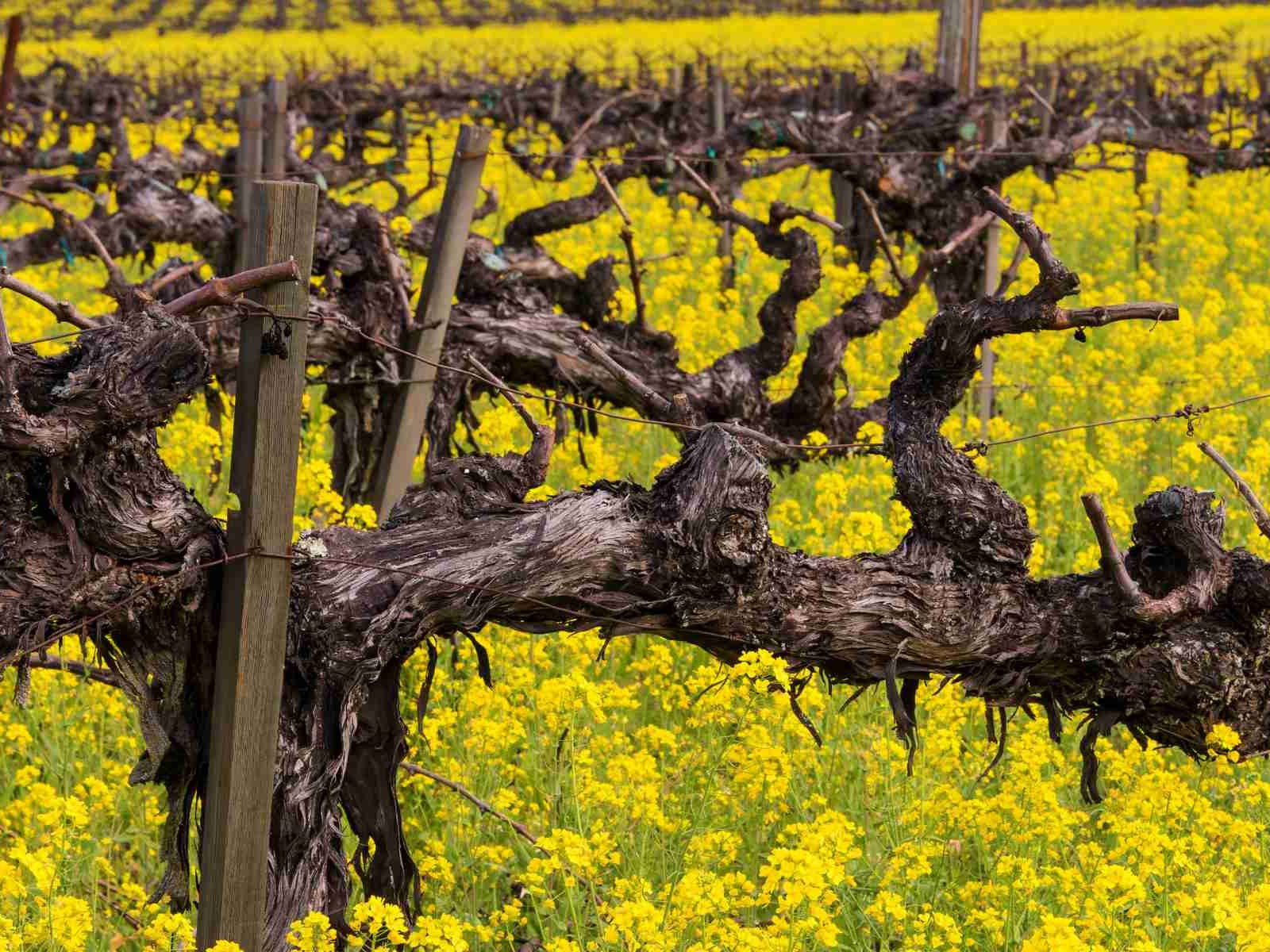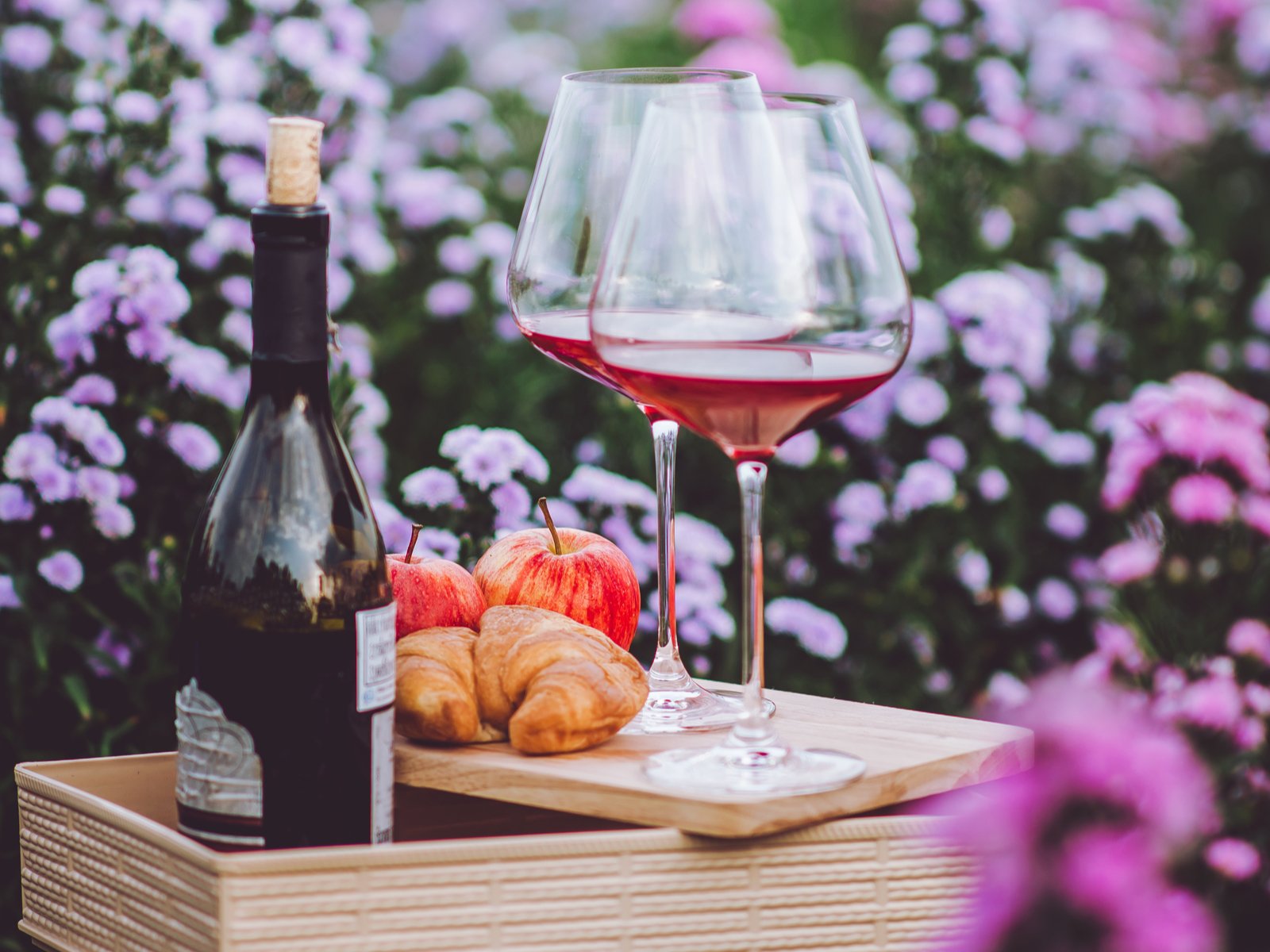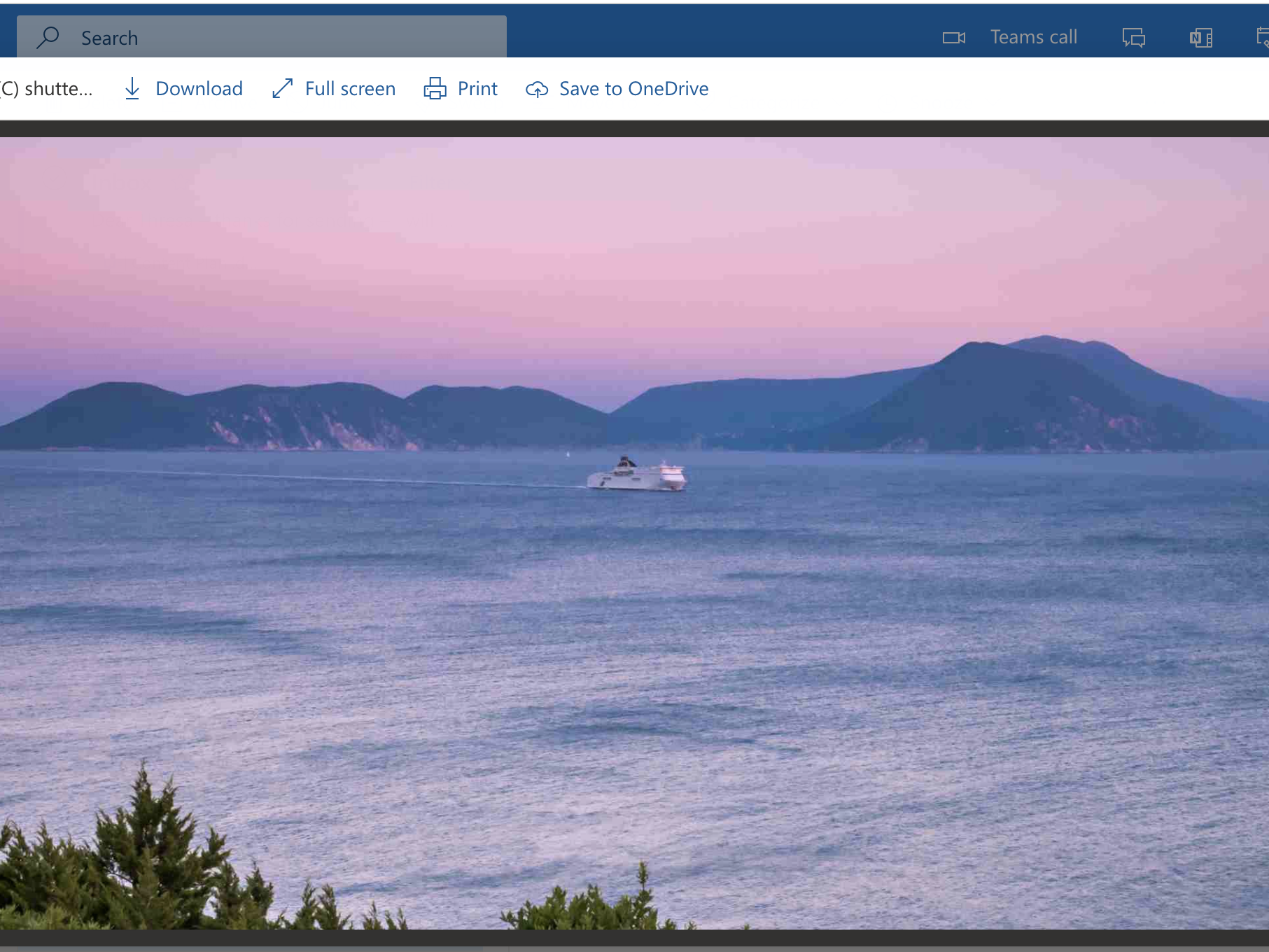Rex Pickett's Sideways Column: The Bravest Woman Winemaker
What was supposed to be an exploration of Chilean Pinot Noir turned into "a journey into a Conradian heart of darkness” — until Rex Pickett caught a glimpse of a remote vineyard.
I want to emigrate to Denmark. No, not because they have great healthcare. I want to emigrate there because that one nation of six million people imports a whopping 20% of wine from Chile’s Viña Casa Marin, most of it their ethereal Cipreses Sauvignon Blanc, the finest Sauvignon Blanc in the world, in my no doubt controversial estimation.
Travel back to 2012. I got invited to the country to write Sideways 3: Chile, the third in my trilogy. On the surface, a dream job. Except when I arrived I discovered that my benefactors were mostly big wineries run by obscenely rich crypto-Pinochet loyalists. They held lavish dinners at their wineries in an effort to seduce me into writing about them.
But, I’m a writer, and I was there to research a novel, not participate in influence-peddling. I broke from my benefactors, met some people who could take me to the “real” winemakers of Chile and thus began a journey into a Conradian heart of darkness that found me at one point in a colossal, but derelict, villa deep in the wilderness where I was knighted by the brotherhood of MOVI – but, that’s another article.
I was on the precipice of decamping in despair and scuttling the novel when an American expat, hearing my lamentations, insisted I visit Viña Casa Marin. Disgruntled, querulous, sleep-deprived from all the wining and dining, I navigated with my travelling companion to a winery in Lo Abarca bordering the renowned Casablanca Valley, and close to the seaside city of Valparaíso. Situated a mere four kilometres from a frigid ocean that never rises above 15°C/59°F and plummets to 7°C/45°F in winter, Casa Marin’s location would not seem an ideal place for viticulture. Sixty hectares of steep, roller-coaster hills met us as we arrived. We were escorted up tortuous dirt switchbacks to a charming casita on the top of the property.
A fateful encounter
The first thing we noticed was the wind. It howled in the afternoon, but I learned over the course of my stay that this wind was salubrious for the vines. In the distance, the cold Pacific coruscated with its upwelling Humboldt currents. It was so quiet we could hear the wish-wish of an Andean condor soaring past, the largest raptor on the planet. It felt like we had journeyed back in time. A woman arrived to fix us dinner. We opened a bottle of Sauvignon Blanc...and began to be transported to another Chile.
The next day we tasted in Viña Casa Marin’s winery. Maria Luz Marin is a beautiful woman with a fierce, almost stoic gaze, born of hard work and suffering. Her son Felipe, now the head winemaker, accompanied her. We started tasting. We started talking. Twenty-five years ago, Maria was, essentially, a négociant, advising big wineries on creating wines for export, often shaped by heavy, fruit-bomb predilections. She despised these wines and wanted to create her own with more balance and nuance.
When you talk to Maria, she is clearly a rebellious, independent-minded woman and does not brook naysayers. If you tell her she can’t do something, that’s the very thing she wants to do. They opened a bottle of their signature Sauvignon Blanc, Cipreses. The wine in the glass looked like glacier water, barely a hint of colour. In the mouth it was intensely floral, but with bracing acidity. “She’s a shy wine,” Felipe commented. “Wait until you taste the older ones.” The wine in my glass was the most astonishing Sauvignon Blanc I had ever tasted. “Am I imagining things, Maria and Felipe, or do I taste a hint of brininess from the ocean?” They both smiled broadly. “Yes!” said Maria.
There are Sauvignon Blancs in California, in Bordeaux, in Sancerre, and there is New Zealand, South Africa and Chile and many other regions. But this Casa Marin? My God! Taproots sunk deep in limestone and granite, but grown close to an ocean where no sane person would dare viticulture and risk bankruptcy...
Against all odds
As the sun lowered and threw pillars of shadows in the bodega, Maria recounted how the woman who sold her the 60-hectare eucalyptus parcel wept when Maria told her intention: to plant grapes. She wept because she was positive her countrywoman was destined to go to rack and ruin. In defiance of the government, Maria deforested the eucalypti and planted Sauvignon Blanc and Pinot Noir, with additional blocks devoted to Syrah, Riesling and Gewurztraminer.
Her Pinots are another article, but it’s her Sauvignon Blancs that almost defy description, inspire lyricism. She made it in man’s world, on her own terms, against all odds, against all sane advice on winemaking to the contrary. Felipe went back in years with the Sauvignon Blancs. The high acidity started to attenuate and then the “shy” fruits started to bob to the surface like impish sprites.
I stayed on in Chile for another two months and came home to write Sideways 3: Chile. Maria Luz Marin gave me hope that there was much to discover in Chile. And there was. But I, too, had to suffer for it. And this is how you find the greatest Sauvignon Blanc made in the world. You go where they don’t want you to go. Just like Maria.
